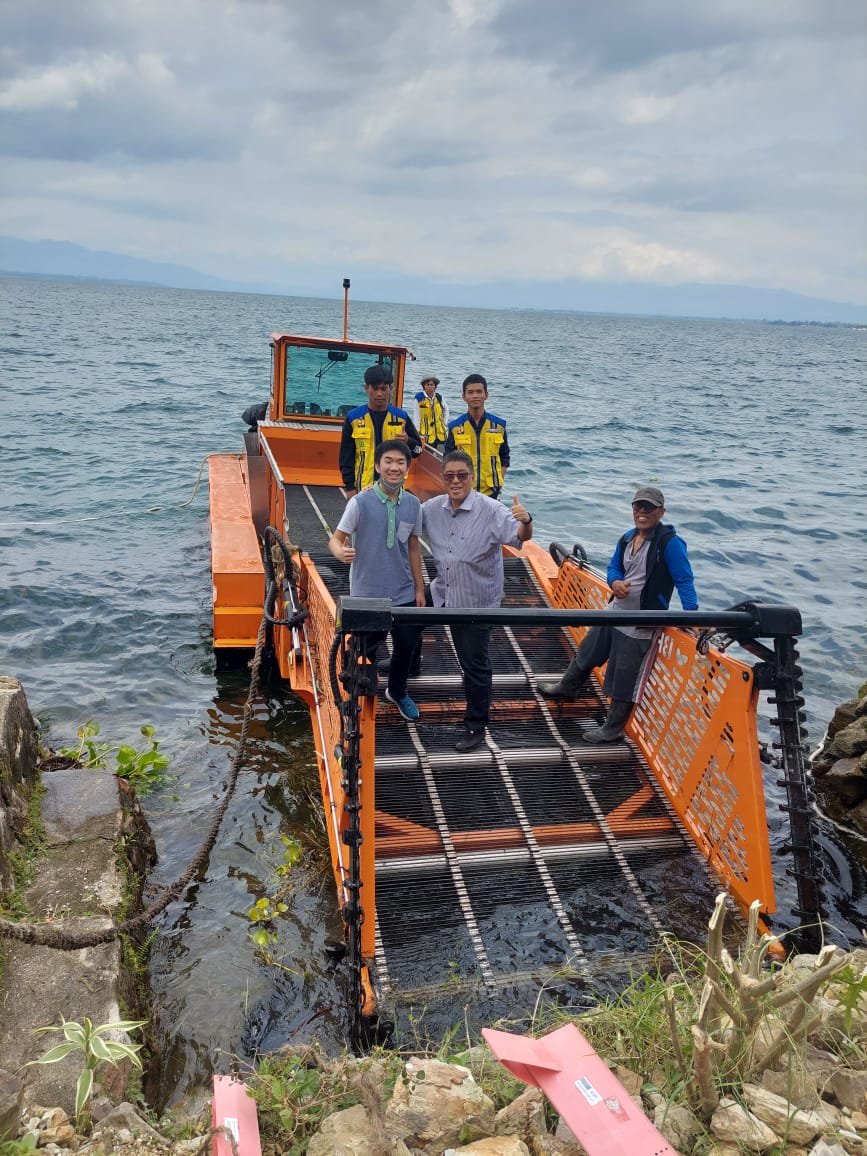The presence of water hyacinths in Lake Toba has been a major issue that pollutes the surrounding environment with socio-environmental consequences such as:
- It prohibits sunlight into the lake which limits the plant’s ability to photosynthesise
- It decreases oxygen level for living organisms
- It creates a less appealing scenery which attracts less tourists






